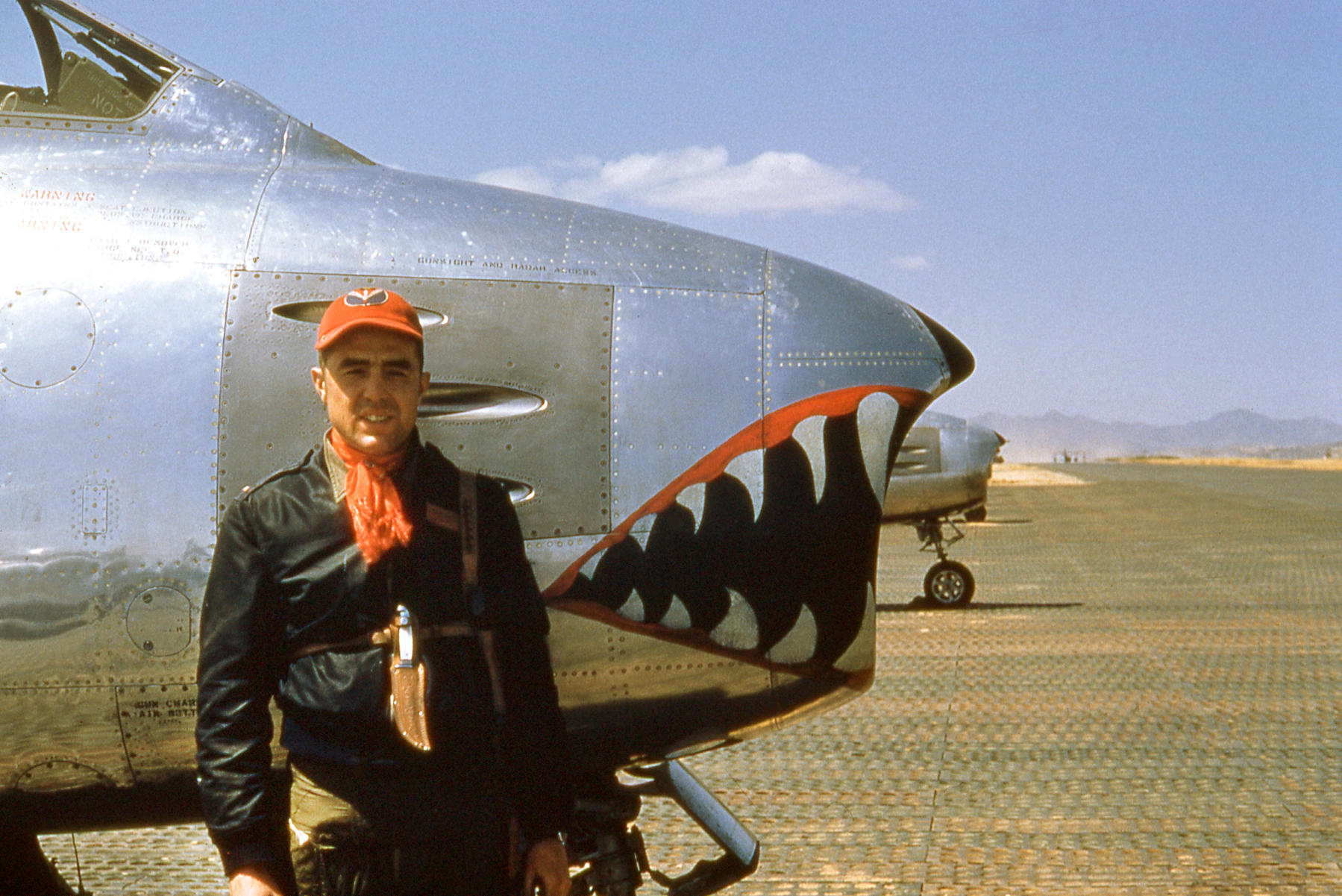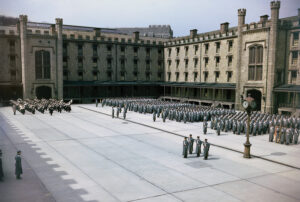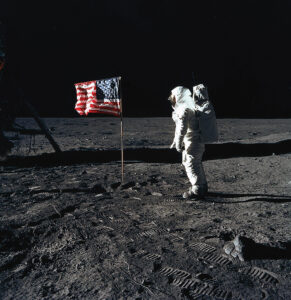Hank Buttelmann was the U.S. Air Force’s youngest and last ace of the Korean War.
The last two months of the Korean War gave little clue to the average combatant that the conflict was winding down. While negotiations played out at Panmunjom, United Nations and communist forces fought on for every tactical edge they could get. Those last two months saw some of the fiercest fighting of the air war, giving many North American F-86 Sabre pilots a final opportunity to score victories over Mikoyan-Gurevich MiG-15s. Among them was 23-year-old Brooklyn native Hank Buttelmann.
In December 1952 1st Lt. Buttelmann joined the 25th Fighter Interceptor Squadron of the 51st Fighter Interceptor Wing at Suwon (K-13), south of Seoul. He flew his first combat sortie into North Korea on January 15, 1953.
“From February onward I flew seven to eight missions a month,” Buttelmann later said. After 56 missions, he moved up from wingman to element leader. His first victory came during his next sortie, on June 19. “At 1307 [hours] we were near Uiju, scanning an area at 36,000 feet, when I saw eight MiGs on the deck, heading north,” he recalled. “I called them out, having spotted them first. We dropped our auxiliary tanks and my flight leader led us down in a high-speed dive, but he misjudged his distance and rolled out too far behind the MiG, having left his speed brakes out too long, and ended up way behind the MiG. I thought I could close the gap, so I said ‘screw it’ and sped on ahead, coming down on the nearest MiG. I got a pipper right in the middle of his tailpipe. I shot a burst—and nothing happened. I raised the pipper and fired again; sparks were coming off the airplane. I fired three times, each time producing sparks, then the enemy pilot popped his canopy and he bailed out—ejected. It was a quick, easily confirmed kill, which is a hell of a confidence builder!”
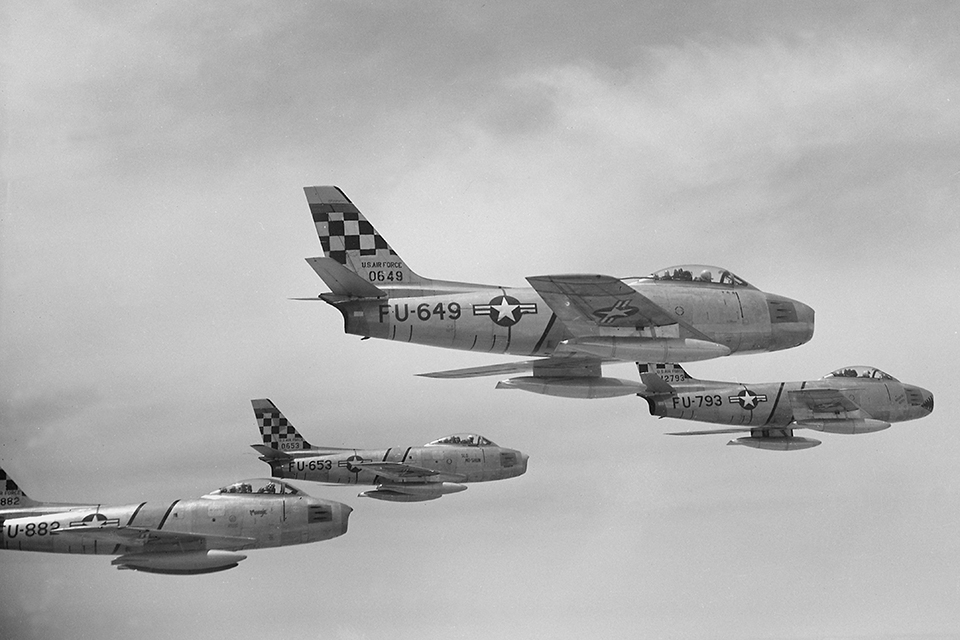
Three days later, Buttelmann got his second victory over Yangsi. “I chased and got that MiG in North Korea,” he said. “We were supposed to head home when we were down to 1,600 pounds of fuel, but by the time I got him I had 900 pounds. I called a fuel emergency and we headed toward the water, in case we’d have to bail out. I leveled off at 30,000 feet and headed to K-14 [Kimpo], because there was overcast skies over our home field. I was down to 300 pounds over Kimpo, so I led my wingman down for the deck. At 1,000 feet ceiling we broke out of the cloud and I gave my guy the thumbs up. When we landed I had 100 pounds of fuel left and my wingman had 70 pounds. I never screwed up on the fuel again!
“Kill number three was at 1225 hours on June 27,” Buttelmann continued. “A Royal Air Force guy was leading the flight….We went 50 miles, then 75 miles into Manchuria. Holy s—, but I felt uncomfortable. Then the leader saw two MiGs that were on the deck. Covering the leader on the attack, my wingman encountered oxygen problems and eventually lost track of me. At this point I ran into two MiGs and attacked the trailing MiG. The MiGs split, one going high, the other going low. I went for the trailing MiG and shot him down over Yonsu-Dong.
“I was thinking, ‘Where the hell is that other MiG?’ Then I saw he was rolling on me. I saw a 37mm shell the size of a white softball. I was also hit by groundfire. The forward and aft warning lights were both on. I pulled power back to 92 percent and broke into the attack. I made up my mind to bail out since I had no options under this situation. ‘Okay, pal,’ I thought, ‘reverse, get some altitude and bail out.’ At that point, however, the MiG overshot me and climbed away. I rolled out and picked up a heading for south, to the Yalu River—and flew right into a thunderstorm. I made it back, but there were holes in the tailpipe that missed the combustion chamber.”
Buttelmann downed another MiG-15 over Ch’eyung on June 29 and became the U.S. Air Force’s 36th ace over Korea—and at age 24 its youngest—when he bagged another over Uiju the next day. Aside from Buttelmann’s personal milestone, the F-86s claimed a total of 14 MiGs on June 30 for a one-day record.
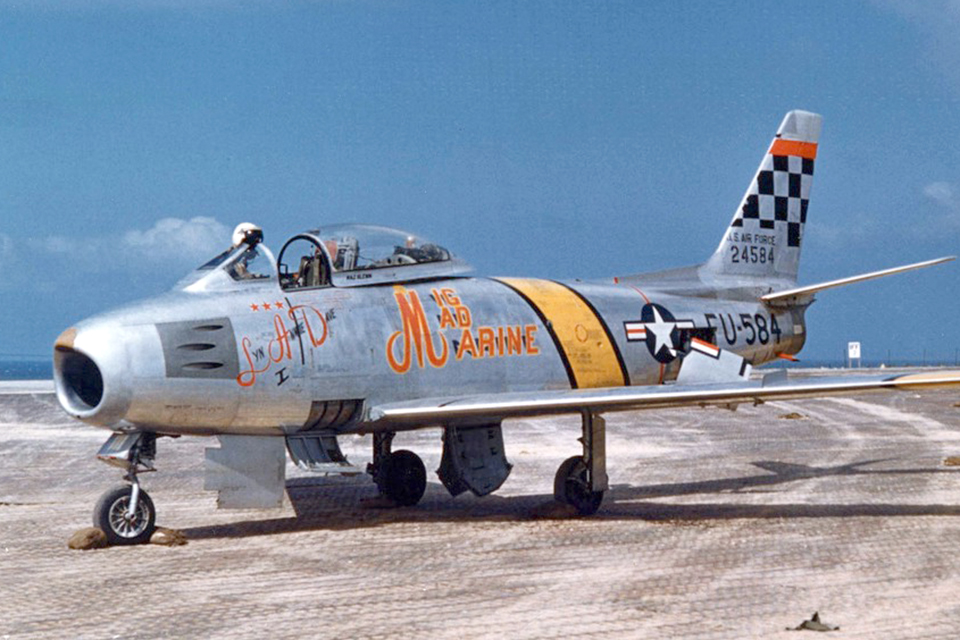
During July, Buttelmann said, “I flew with John Glenn on a couple of missions—he was a Marine on exchange duty with the 25th Fighter Interceptor Squadron.” Ground crewmen painted a large “M” on Major Glenn’s F-86F, trailing letters to form the words “MiG Mad Marine.” Glenn earned the sobriquet on July 12, when he shot down a MiG 40 miles north of the Yalu.
On July 19 Buttelmann downed a MiG over Sakchu and Glenn got another. Three days later, Buttelmann said, “From 1200 we were encountering MiG-15s on the other side of the Yalu River.” Glenn scored his third victory of the war, while Buttelmann claimed his seventh over Tongsong-ni. “That was the last one,” he remarked, “and the last time we flew combat.”
After the armistice was signed on July 27, Buttelmann served at numerous bases in the United States, Japan, the Philippines, Taiwan and South Korea. In 1965, he said, “I was assigned to the Seventh Air Force, where I was to dole missions out to the two fighter squadrons that were operating out of Takhli Royal Thai Air Base.” He also flew 48 bombing missions in Republic F-105Ds over North Vietnam. “The ground rules in Vietnam in 1965 were terrible,” Buttelmann said. “We couldn’t hit anything inside Hanoi, nor the airfields, nor Haiphong harbor, where we could see Russian ships unloading supplies. We also had to bypass the bridges and bypass their dyke system.”
After a stint behind a desk in Hawaii, Buttelmann did another Southeast Asian tour, running a command post for a Misty (forward air controller) squadron and then flew 230 missions as commander of the 308th Fighter Bomber Squadron until mid-1970. He retired from the Air Force in October 1979.
On May 20, 2015, Hank Buttelmann and his wife, Audrey, attended the ceremony in Washington, D.C., that collectively awarded the Congressional Gold Medal to all American aces.
This article originally appeared in the November 2019 issue of Aviation History. To subscribe, click here!

